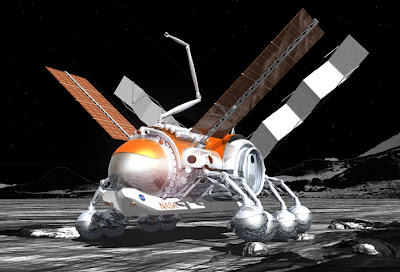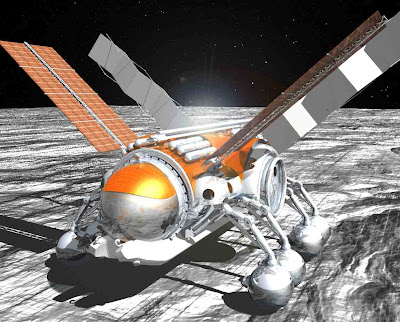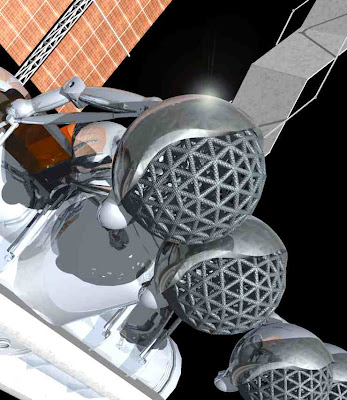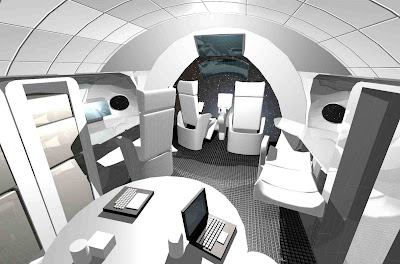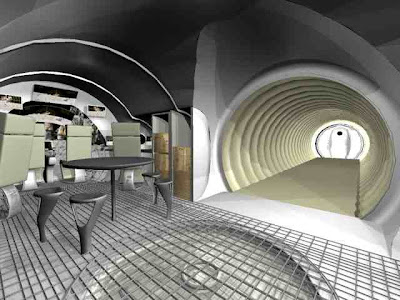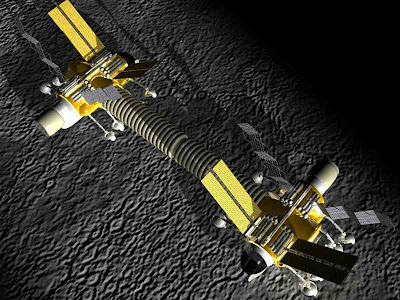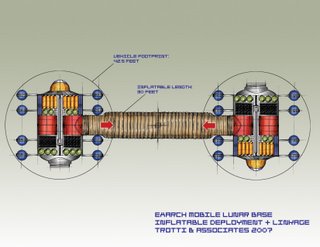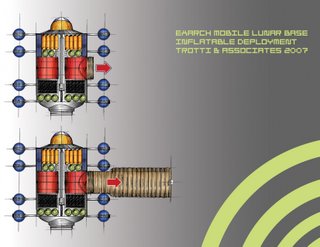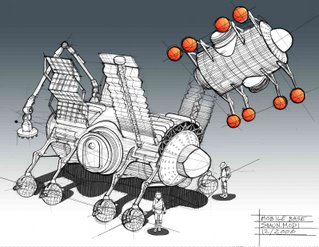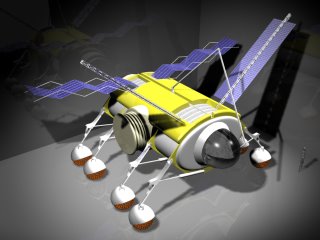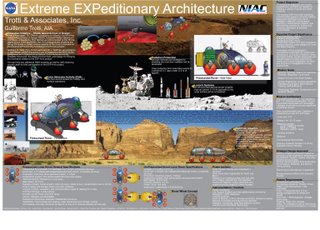MIT Creativity and Design Workshop
Video Documentation
Preliminary 5min. Edition
20min. Video Available Upon Request
Workshop Program
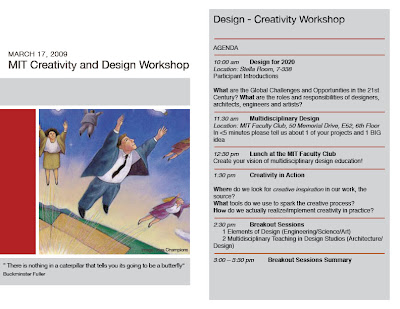
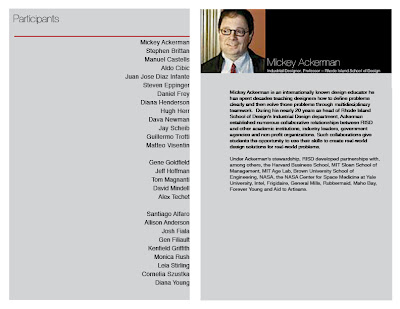



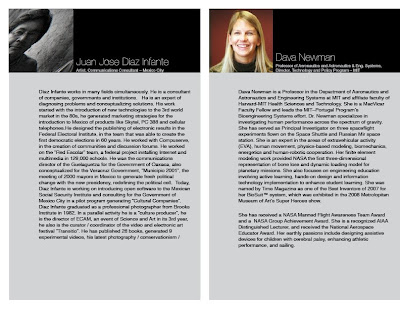


Creativity and Design References
ABET (2006). 2006-2007 Criteria for Accrediting Engineering Programs, Baltimore, MD:
Engineering Accreditation Commission.
Agars, M., J. Kaufman, et al. (2008). Social Influence and Creativity in Organizations: A Multi-Level Lens for Theory, Research, and Practice. Multi-Level Issues in Creativity and Innovation.
M. Mumford, S. Hunter and K. Bedell-Avers. Oxford, Elsevier.
Allan, D., Kingdon, M., Murrin, K., and Rudkin, D., Sticky Wisdom: How to Start a Creative Revolution at Work. What If! West Sussex: Capstone Publishing, 2002.
Amabile, T. (1996). Creativity in context: Update to the social psychology of creativity. Boulder,
CO, Westview Press.
Amabile, T. (1979). "Effects of external evaluation on artistic creativity." Journal of Personality
and Social Psychology 37: 221-233.
Amabile, T., W. DeJong, et al. (1976). "Effects of externally imposed deadlines on subsequent
intrinsic motivation." Journal of Personality and Social Psychology 34: 92-98.
Amabile, T. and J. Gitomer (1984). "Children's artistic creativity: Effects of choice in task
materials." Personality and Social Psychology Bulletin 10: 209-215.
Baillie, C. and P. Walker (1998). "Fostering Creative Thinking in Student Engineers " European
Journal of Engineering Education 23(1): 35-44.
Blicblau, A. and J. Steiner (1998). "Fostering Creativity Through Engineering Projects." European
Journal of Engineering Education 23(1): 55-65.
Balchin, T. (2006). Evaluation creativity through consensual assessment. Developing Creativity in
Higher Education: An imaginative curriculum. N. e. a.
Brandt, D. (1998). "Creativity at the Borders of Engineering: Three Personal Accounts."
European Journal of Engineering Education 23(2): 181-190.
Choi, J. N. (2004). "Individual and Contextual Predictors of Creative Performance: The
Mediating Role of Psychological Processes." Creativity Research Journal 16(2&3): 187-199.
Conwell, J., G. Catalano, et al. (1993). "A Case Study in Creative Problem Solving in
Engineering Design " Journal of Engineering Education 82(4). Albert, R. S. and M. A. Runco
(2008). A History of Research on Creativity. Handbook of Creativity. R. J. Sternberg. New York,
Craft, A. (2006). Creativity in Schools. Developing Creativity in Higher Education. N. Jackson,
M. Oliver, S. M. and J. Wisdom. New York, Routledge.
Csikszentmihalyi, M. (1988). Society, culture and person: a systems view of creativity. The Nature
of Creativity. R. J. Sternberg. Cambridge, Cambridge University Press: 325-339.
Dhillon, B. S. (2006). Creativity for Engineers.
Press.
Edwards, D. (2008), Artscience: Creativity in the Post-Google Generation, Harvard University Press.
Feinstein, Jonathan. (2006). The Nature of Creative Development. California: Stanford University Press.
Florida, R. (2004). The Rise of the Creative Class: and how it's transforming work, leisure,
community and everyday life.
Ford, C. M. (1996). "A theory of individual creativity in multiple social domains." Academy of
Management Review 21: 1112-1134.
Gardner, H. (1993). Creating Minds: An anatomy of creativity seen through the lives of Freud,
Einstein, Picasso, Stravinsky, Eliot, Graham, and Gandhi.
Ihsen, S. and D. Brandt (1998). "Editorial: Creativity: How to Educate and Train Innovative
Engineers " European Journal of Engineering Education 23(1): 3-4.
J.A. Plucker, R.A. Beghetto, et al. (2004). "Why isn't creativity more important to educational
psychologist? Potentials, pitfalls, and future directions in creativity research." Educational
Psychologist 30(2): 83-96.
Jackson, N. and C. Sinclair (2006). Developing students' creativity: Searching for an appropriate
pedagogy. Developing Creativity in Higher Education: An imaginative curriculum. N. e. a.
Jackson. Oxon, Routledge: 118-141.
Kazerounian, K. and S. Foley (2007). "Barriers to Creativity in Engineering Education: A Study
of Instructors and Students' Perceptions." Journal of Mechanical Design(129): 761-768.
Kemp, Martin. (2006) Leonardo. New York: Oxford University Press.
Klukken, P. e. a. (1997). "The Creative Experience in Engineering Practice: Implications for
Engineering Education." Journal of Engineering Education 86(2): 133-138.
Korgel, B. (2002). "Nurturing Faculty-Student Dialogue, Deep Learning and Creativity through
Journal Writing Exercises." Journal of Engineering Education 91(1): 143-146.
Lave, J. and E. Wenger (1991). Situated Learning: Legitimate Peripheral Participation.
The Lemelson-MIT Program (2003). Advancing Inventive Creativity Through Education. S. o.
Engineering, Massachusetts Institute of Technology.
Lepper, M. R. and D. Greene (1975). "Turning play into work: Effects of adult surveillance and extrinsic rewards on children's intrinsic motivation." Journal of Personality and Social Psychology 31: 479-486.
Lepper, M. R., D. Greene, et al. (1973). "Undermining children's intrinsic interest with extrinsic
rewards: A test of the "overjustification" hypothesis." Journal of Personality and Social Psychology 23: 129-137.
Liu, Z. E. and D. J. Schonwetter (2004). "Teaching Creativity in Engineering." International
Journal of Engineering Education 20(5): 801-808.
Maeda, John. (2006) The Laws of Simplicity: Design, Technology, Business, Life. Cambridge: The MIT Press.
Magee, C. L. (2004). "Needs and Possibilities for Engineering Education: One
Industrial/Academic Perspective." International Journal of Engineering Education 20(3): 341-352.
Mumford, M., G. Scott, et al. (2002). "Leading Creative People: Orchestrating Expertise and
Relationships." Leadership Quarterly 13: 705-750.
National
New Century. Washington, D.C., National Academies Press.
Ogot, M. and G. E. Okudan (2006). "Systemtic Creativity Methods in Engineering Education: A
Learning Styles Perspective." International Journal of Engineering Education 22(3): 566-576.
Ocon, R. (2006). Distance Learning: Teaching Creative Thinking to Engineers Online.
International Conference on Engineering Education,
Richards, L. G. (1998). Stimulating creativity: Teaching engineers to be innovators. IEEE
Frontiers in Education Conference.
Rush, M., Newman, D. and D. Wallace, "Project-Based Learning in First Year Engineering Curricula: “Course Development and Student Experiences in Two New Classes at MIT," International Conference on Engineering Education, 2007 ICEE Annual Conference Proceedings, Coimbra, Portugal, Sept. 2007.
Rush, Monica, “Creative Thinking in Engineering Education: Lessons from Students at the Massachusetts Institute of Technology”, Masters Thesis in Technology and Policy, Feb., 2009.
Siler, Todd. (1996) Think like a Genius. New York: Bantam Books.
Sternberg, R. J. and T. I. Lubart (1999). The Concept of Creativity: Prospects and Paradigms. Handbook of Creativity. R. J.
Sternberg.
Sternberg, R. J., Ed. (1999). Handbook of Creativity.
Sternberg, R. J. E. (1988). The nature of creativity: Contemporary psychological perspectives.
Tighe, E., M. Picariello, et al. (1983). Environmental Influences on Motivation and Creativity in the Classroom. The Educational Psychology of Creativity. J. Houtz. Cresskill, New Jersey, Hampton Press, Inc.: 199-222.
Utterback, J.M., Vedin, B-A., Alvarez, E., Ekman, S., Sanderson, S.W., Tether, B., Verganti, R., (2006), Design-inspired Innovation, World Scientific Publishing Co. Pte. Ltd.
Virilio, P (2007) Speed and Politics, (1988) Pure War, (2005) The Accident of Art with Sylvere Lotringer , his theory of Dromology (the science of speed) War and Cinema
Wallace, D. (2007). "2.00b Solving Real Problems." Retrieved November 29, 2007, from http://web.mit.edu/2.00b/www/.
Wallace, D. (2008). "2.009 Product Engineering Processes." Retrieved December 26, 2008, from http://web.mit.edu/2.009/www/index/.
Ware, Colin. (2008) Visual Thinking for Design. Amsterdam: Morgan Kaufmann Publishers.
Wenger, E. (1998). Communities of Practice: Learning, Meaning and Identity.
Wolfe, K. (2004). Understanding the Careers of Alumni of the MIT Mechanical Engineering Department. Mechanical Engineering. Cambridge, Massachusetts Institute of Technology. Bachelor of Science: 105.
Woodman, R. W., J. E. Sawyer, et al. (1993). "Toward a theory of organizational creativity." Academy of Management Review 18(2): 293-321.
Zhou, J. (2003). "When the presence of creative coworkers is related to creativity: Role of Supervisor Close Monitoring, Developmental Feedback, and Creative Personality." Journal of Applied Psychology 88: 413-422.
Labels: aldo cibic, architecture, creativity, dava newman, guillermo trotti, M.I.T, manuel castells, multidisciplinary education, science
